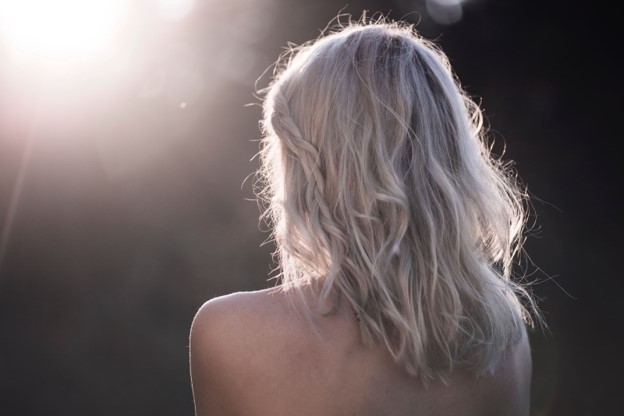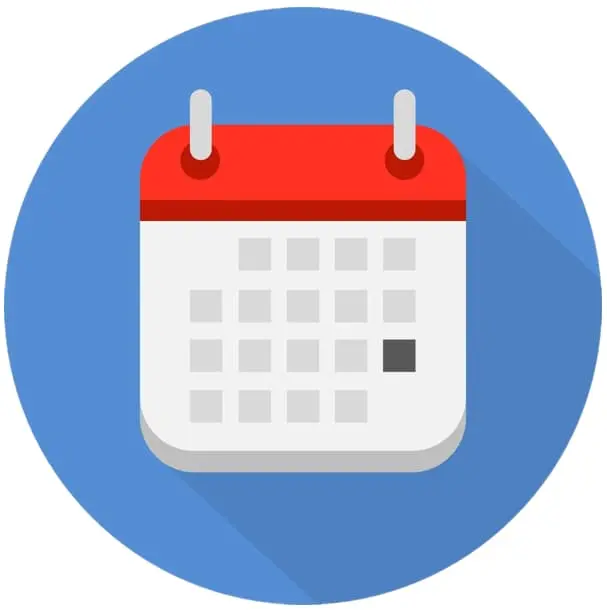How To Get Rid Of Back Acne: Causes & Treatments

Content by

Last Updated
Struggling with back acne?
Buy acne treatment online from a UK registered pharmacy
Table of Contents
Back acne, or what is colloquially called ‘bacne’, develops when sweat, oil and dead skin cells get trapped on the skin and clog the pores. Back acne can be uncomfortable and may be challenging to treat with lifestyle changes alone. Pimples, blackheads and other forms of acne are very common on the face as highlighted on our acne face map, but also commonly occur anywhere on the body. Some people with severe or long-term acne experience breakouts in several places at once, including the back. In this article, we look at the underlying cause, as well as how to treat back acne.
Causes of Back Acne
Back acne can develop if sweat, dead skin cells, oil or other debris clog the pores in that location. Bacteria can build up in these pores, forming different types of acne, including:
- Blackheads
- Whiteheads
- Pimples
- Cysts
- Nodules
- Pustules
Hormonal changes are a very common cause of acne on all parts of the body, including the back. This is because certain hormones cause the sebaceous glands in the skin to produce too much sebum oil.
Since the back is often covered by clothing or long hair and may sweat more than other parts of the body, it can be particularly prone to acne breakouts.
Sometimes, back acne is due to a combination of factors. For example, a teenage boy may have increasing testosterone levels and may also be using a laundry detergent that irritates the skin.
Hormonal causes of back acne include:
- Testosterone, particularly during puberty
- Menstruation
- Pregnancy
- Menopause and perimenopause
- Polycystic ovary syndrome
Non-hormonal causes of back acne include:
- Too much sebum oil: Many factors can cause the skin to produce too much oil, from skincare products to the weather. Even some products that dry out the skin may cause it to overcompensate by producing more sebum oil in response
- Skin care products: Thick moisturisers, massage oils and emollients can clog the pores on the back, causing back acne
- Tight clothing and non-breathable fabrics: Some fabrics and tight-fitting clothes can trap moisture and oil on the back, particularly after a person works out. Certain fabrics may also irritate the skin and increase the risk of bacterial infections
- Household chemicals: Laundry detergents and harsh body washes and soaps can irritate the skin and cause breakouts, particularly in people with sensitive skin
- Medications: Corticosteroids, certain contraceptive pills, antidepressants and many other medications can affect oil production in the skin
- Sugary foods: Some research notes that sugary foods and drinks may contribute to acne
- Dehydration: Dehydration can dry out the skin, causing it to produce more sebum oil as a response, including on the back
How to Get Rid of Back Acne
There are several ways to treat back acne or ‘bacne’. Lifestyle adjustments are often enough to treat the occasional pimple or mild outbreak. For people with long-term or severe acne – including acne that affects the back, chest and face – a dermatologist can help. For additional guidance, click through to our guide on 'How To Get Rid of Chest Acne'. You can also find out more about the different types of acne in our ‘Face & Body Acne Guide’.
Common lifestyle adjustments to treat back acne include:
- Cleaning the back immediately after exercising or sweating
- Avoid using thick moisturisers or massage oils on the back
- Wearing loose clothing made of a breathable material, such as cotton
- Switching laundry detergents and soaps to hypoallergenic versions
- Never picking or popping pimples on the back, as this can make the outbreak worse
- Changing sheets and pillowcases regularly
- Avoid wearing backpacks for long periods
Back Acne Treatment
The treatment for back acne will vary depending on several factors, including the underlying cause of the breakouts and their severity. However, a doctor or pharmacist will likely recommend one or a combination of the following over-the-counter solutions as a first step:
- Retinoids: Retinoid-based products such as Differin Gel, work by exfoliating the skin, removing dead skin cells that could otherwise clog the pores
- Benzoyl peroxide: This works by reducing the bacteria on the skin, often sold in a gel such as Epiduo Gel or Acnecide Gel (also see Acnecide Wash)
- Azelaic acid: This acid kills bacteria and gets rid of dead skin cells. It may be particularly helpful for people with sensitive skin
- Salicylic acid: This similar acid reduces bacteria and dead skin, and is a common ingredient in over-the-counter treatments
Since back acne often affects people with severe or stubborn acne, it may include cysts and nodules. These forms of cystic acne can be painful and may cause scarring if left untreated.
If it is hard to reach all parts of the back, ask another person to help apply topical treatments or purchase a lotion applicator.
If lifestyle changes and over-the-counter solutions do not work to treat a person’s back acne, prescription treatments can help. Prescription treatments for back acne include:
Topical Antibiotics
This may be the first line of treatment for back acne that has not responded to over-the-counter solutions. These antibiotics, usually available as gels or lotions, will reduce swelling and kill bacteria on the back. Chemist Click stocks a range of topical antibiotics for acne including:
- Zineryt Lotion (contains the antibiotic erythromycin)
- Treclin Gel (contains the antibiotic clindamycin)
- Duac Gel (contains the antibiotic clindamycin)
If this does not work, the doctor or dermatologist may try switching the type of antibiotic before moving on to other treatments.
Contraceptive Pills
Contraceptive pills are a common off-label acne treatment for female patients (examples of this include Co-Cyprindiol and the Dianette Pill). If your back acne is severe or stubborn, a doctor may also prescribe antibiotics or a drug called spironolactone alongside the contraceptive.
Some progesterone-only pills and implants can make acne worse, however, people with certain medical conditions, such as polycystic ovary syndrome, may also respond differently to contraceptive pills.
Isotretinoin
Isotretinoin is a highly effective medication that works by reducing swelling and sebum oil production, and fighting bacteria. The side effects can be serious, however. Anyone taking isotretinoin will require a doctor’s regular supervision.
Removal
A dermatologist can remove particularly large or painful cysts on the back using one of several techniques. They may drain it with sterile tools or inject it with a corticosteroid. People should never try these techniques at home.
Low-dose Prednisone
Prednisone is a powerful corticosteroid that doctors can prescribe to treat a severe form of acne called ‘acne fulminans’, which affects the back and chest.
Summary
While back acne, or ‘bacne’, is a common skin condition, severe or long-term outbreaks can be uncomfortable and even cause acne scars over time.
Getting rid of back acne can be a challenge because of the location. Speak to a doctor or pharmacist about how best to apply medicated products to the back. They may suggest buying a lotion applicator or having someone on hand to help.
If lifestyle changes are not enough, there are a variety of over-the-counter and prescription treatments available to treat back acne.
Here at Chemist Click, our trained pharmacists are on hand to help select the appropriate back acne treatment for you following a short consultation process with the medication arriving with you in discreet packaging the very next day.
Whilst all of our content is written and reviewed by healthcare professionals, it is not intended to be substituted for or used as medical advice. If you have any questions or concerns about your health, please speak to your doctor.
